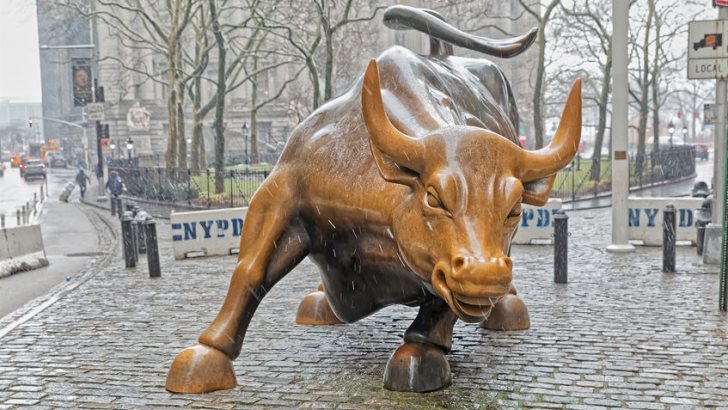
The abysmal 2020 is finally over, and people look forward to the new year's promises ahead for a much-needed change in many regards. The global roll-out of the Pfizer/BioNTech and Oxford/AstraZeneca vaccines seems to go on track and looks poised to live up to the hopes of so many by becoming the game-changing tool in the fight against the coronavirus. Yet, many challenges of logistical nature remain.
Many market participants eagerly hope to see the world open up by the second part of the year, as more and more people are administered the jab worldwide. While most central banks remain wary of the prospects for swift global recovery, it is precisely such heightened market optimism that has been driving the most significant trends as of late.
Another concomitant factor leading to the current market trends has been the changing perceptions of traders and investors alike. Owing to the historically low yield rates in the U.S., and the exceptionally accommodative monetary policy stances of the world's top central banks, market opinions have become skewed. The markets for financial assets that entail high potential returns, albeit with higher associated risk, such as the market for Bitcoins, have been affected positively by the considerable slump in global demand for the greenback.
These trends were set in motion in 2020, and for the time being, appear to be accelerating over the first few days of the new year. However, it is worth considering the likely impact of market seasonality on these markets in the context of the current unprecedented situation.
The beginning of each new year is typically underpinned by bolstered optimism as professional traders and investors return to work after their end-of-year holidays. However, this time, the situation looks starkly different because even though the optimism is still there, the pandemic circumstances continue to affect the way people live and work. So, the impact of happy traders returning to their trading floors is likely to be negated this year, which would subsequently lessen the prospects for the development of new trends.
Nevertheless, all is not predetermined on the market. The consensus forecasts seem to project more woes for the U.S. dollar over the next few weeks, as traders expect to see more vaccine optimism in the near future. While such assertions could very well pan out to be accurate, this does not necessarily mean that the greenback will continue its unchecked freefall.
The next earnings season in the U.S. is due in just two weeks, and the biggest companies in the world are expected to deliver strong reports for Q4 of 2020. This is again owing to the fact that the extremely low-interest rates, coupled with heightened liquidity levels, would have made it quite possible for America's bluechip companies to have had another robust quarter.
Whenever the stock market advances, especially when such rallies result from solid quarterly performances, the greenback tends to strengthen. Such a turn of events could have a sizable spillover effect on other markets, which could result in the invalidation of all current market trends. Namely, a recuperating dollar could have far-reaching consequences for the Bitcoin, which has greatly benefited from the global scramble for high-yielding securities.
That is why the unique prospects resulting from the current unprecedented situation at the outset of 2021, seem poised to rattle the global capital markets in the near future.




















